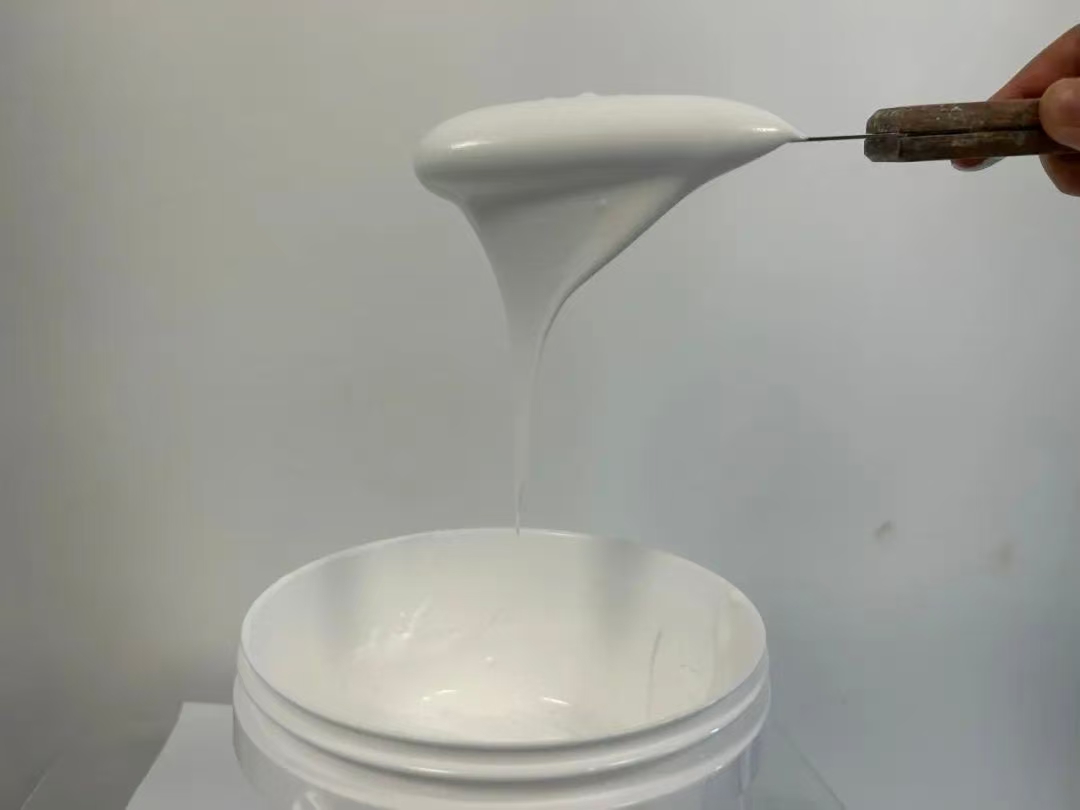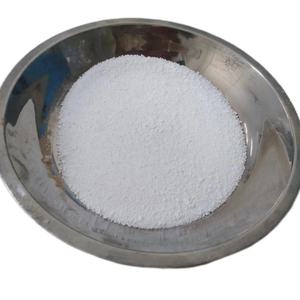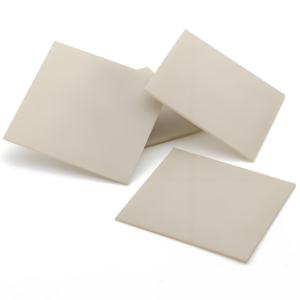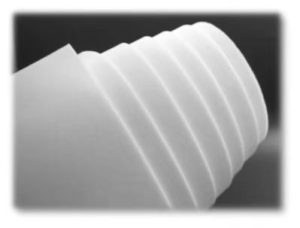Professional industry ceramic supplier, silicon nitride, silicon carbide, aluminum nitride and any other kinds of ceramics.
1. Introduction
Just 36 hours ago, NASA’s Jet Propulsion Laboratory announced a successful test of a new nickel-chromium superalloy designed for deep-space propulsion systems—melted and cast using a custom silicon carbide crucible. While headlines focused on the alloy’s record-breaking thermal stability, few noticed the unsung hero: the crucible that made it all possible without contaminating the melt or cracking under 1,800°C stress.

In the world of advanced materials, the container often matters as much as the content. And when you’re crafting metals destined for Mars missions or hypersonic drones, you can’t just grab any old pot off the shelf. Enter the silicon carbide crucible—a marvel of advanced ceramics that’s quietly enabling some of the most ambitious engineering feats of our time.
2. Why Silicon Carbide? The Science Behind the Crucible
Silicon carbide (SiC) isn’t your average ceramic. With a hardness second only to diamond and thermal conductivity rivaling some metals, it laughs in the face of thermal shock. This makes it ideal for holding molten metals that would vaporize lesser containers.
Unlike alumina (Al2O3) or zirconia crucibles—which can leach oxygen or zirconium into reactive melts—silicon carbide offers exceptional chemical inertness, especially in non-oxidizing atmospheres. That’s crucial when purity is non-negotiable, like in titanium or rare-earth alloy production.
- Resists thermal shock up to 1,650°C
- Minimal reactivity with molten titanium, zirconium, and nickel-based superalloys
- High thermal conductivity ensures even heating and faster processing
3. Niche Application Spotlight: Aerospace Alloy Casting

3.1. The Problem with Traditional Crucibles
Conventional graphite crucibles? They contaminate reactive metals with carbon. Zirconia crucibles? Prone to cracking and costly to replace. Boron carbide vs silicon carbide? While boron carbide (B4C) is harder, it’s far more brittle and expensive—making SiC the pragmatic choice for repeated high-temp cycles.
Aerospace foundries now rely on rbsic silicon carbide tile blocks and custom-shaped silicon carbide crucibles to cast turbine blades and satellite thruster components. These aren’t one-off lab curiosities—they’re production-grade vessels engineered for dozens of reuse cycles.
3.2. Real-World Example: Reusable Crucibles for Titanium Recycling
A startup in Arizona recently unveiled a closed-loop titanium recycling system using a reinforced silicon carbide crucible lined with a thin silicon nitride coating. The combo leverages the strength of SiC and the oxidation resistance of silicon nitride ceramic—proving that hybrid advanced ceramics are the next frontier.

This setup reduces crucible waste by 70% compared to single-use zirconia crucibles, aligning with both cost-efficiency and sustainability goals in defense manufacturing.
4. Beyond the Crucible: Silicon Carbide’s Extended Ecosystem
The same material science that powers the crucible also enables other high-stress components. Think silicon carbide burner nozzles in jet engines, silicon carbide ceramic tubes for thermocouple protection, or even silicon carbide brick linings in vacuum induction furnaces.
Interestingly, many manufacturers producing silicon carbide crucibles also supply related items like silicon carbide ceramic columns for filtration or silicon carbide rings for sealing high-temp pumps. It’s a full ecosystem built on one extraordinary compound.
And while the internet buzzes about ‘silicon carbide ceramic dinner plates’ or ‘silicon carbide baking dishes’ (yes, those exist—but are mostly marketing gimmicks), the real industrial muscle lies in these unglamorous, furnace-baked workhorses.
5. The Competition: Silicon Nitride and Other Advanced Ceramics
Could a silicon nitride crucible factory someday dethrone SiC? Possibly—but not yet. Silicon nitride (Si3N4) excels in oxidation resistance and fracture toughness, but it’s trickier to sinter into large, dense crucibles. Most ‘silicon nitride crucible’ offerings today are small-scale or lab-only.
Meanwhile, high purity silicon nitride powder market growth hints at future potential. Custom silicon nitride heat shields and silicon nitride plates already protect sensors in rocket nozzles—but for bulk metal melting, silicon carbide remains king.
6. Conclusion
The silicon carbide crucible may never grace a kitchen countertop (despite the odd ‘silicon carbide ceramic casserole dish with lid’ listing online), but in the hidden workshops of aerospace engineers and metallurgists, it’s indispensable. As we push materials to their limits for space exploration, clean energy, and defense tech, this humble ceramic vessel will keep doing what it does best: holding the future, one molten batch at a time.
Our Website founded on October 17, 2012, is a high-tech enterprise committed to the research and development, production, processing, sales and technical services of ceramic relative materials such as Silicon. Our products includes but not limited to Boron Carbide Ceramic Products, Boron Nitride Ceramic Products, Silicon Carbide Ceramic Products, Silicon Nitride Ceramic Products, Zirconium Dioxide Ceramic Products, etc. If you are interested, please feel free to contact us.






